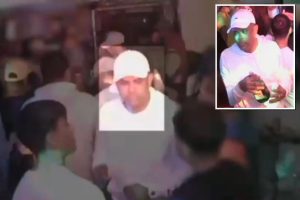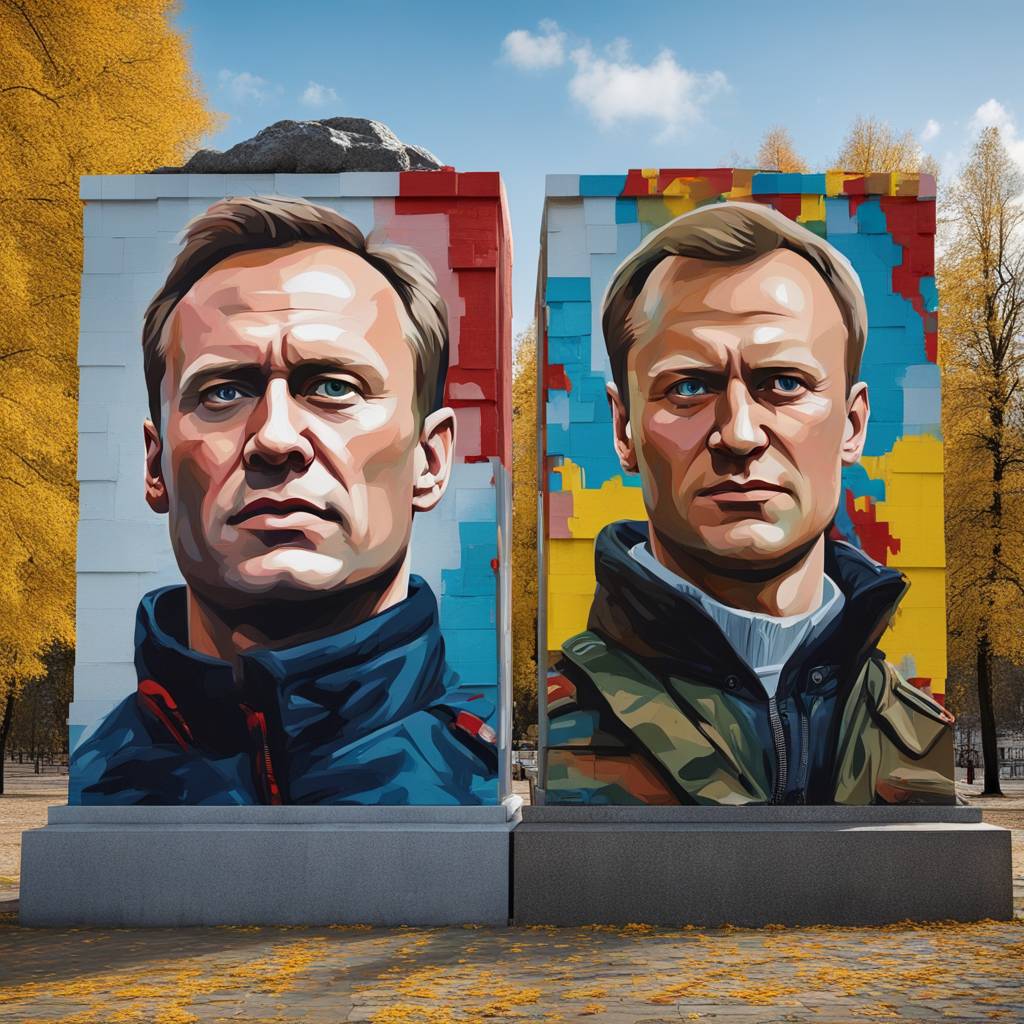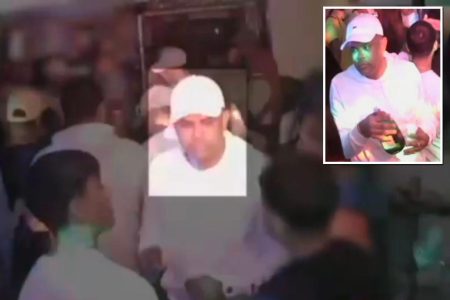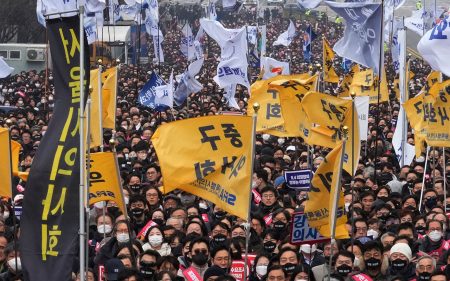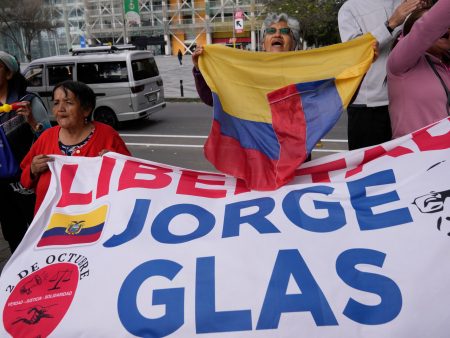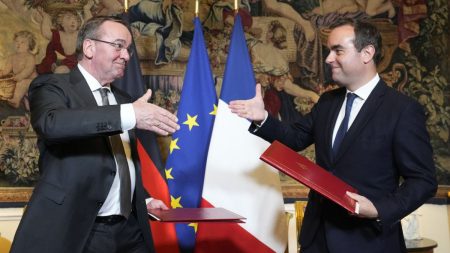Two large portraits of the late Russian opposition leader Alexei Navalny were spray-painted on a property in Vienna owned by the family of former Czech Foreign Minister Karel Schwarzenberg. The wall, located behind a monument to Soviet soldiers, was already painted in Ukraine’s national colors in response to Russia’s invasion of Ukraine. The monument was built after Soviet troops took Vienna in 1945, and Austria was divided into occupation zones until gaining full sovereignty in 1955. Maximillian Schaffgotsch from the Schwarzenberg family foundation stated that the monument honors victims of dictatorship, and Navalny was an obvious victim of dictatorship.
Navalny, a prominent critic of official corruption in Russia and a fierce opponent of President Vladimir Putin, died on February 16 while serving a 19-year sentence in an Arctic penal colony. Austrian graffiti duo Joel Gamnou painted the portraits of Navalny on the wall, receiving positive feedback for their work. The group KSORS, reportedly close to the Russian Embassy, criticized the use of the wall for political purposes. The incident was met with controversy, and an improvised memorial to Navalny near the embassy has been removed multiple times in the past two weeks. Vienna prosecutors are considering whether to open an investigation into these incidents.
The portraits of Navalny on the property in Vienna symbolize the impact of his death on political dissent in Russia. Navalny’s death represents a major blow to those fighting against corruption and authoritarianism in the country. The placement of his portraits behind a monument to Soviet soldiers highlights the ongoing struggle for freedom and democracy in Russia and other parts of the world. The positive response to the portraits reflects the admiration and support for Navalny’s work and legacy among the public.
The controversy surrounding the portraits of Navalny in Vienna demonstrates the tension between political activism and historical remembrance. While some view the portraits as a fitting tribute to an anti-corruption crusader, others see them as inappropriate given the location behind a monument to Soviet soldiers. The involvement of the Schwarzenberg family foundation adds a personal connection to the display, with their statement linking Navalny’s experience as a victim of dictatorship to the memorial’s purpose of honoring victims of past authoritarian regimes.
The removal of the improvised memorial to Navalny near the Russian Embassy in Vienna suggests a reluctance to allow public displays of dissent against the Russian government. The repeated removal of the memorial indicates a desire to suppress any forms of protest or remembrance that could be seen as critical of Russia or its leadership. The potential investigation by Vienna prosecutors into these incidents highlights the ongoing struggle for freedom of expression and political activism in the face of opposition from authorities and pro-government groups.
Overall, the placement of portraits of Alexei Navalny on a property in Vienna behind a monument to Soviet soldiers has sparked debate and controversy regarding the intersection of politics, art, and historical remembrance. Navalny’s legacy as a fearless critic of corruption and authoritarianism lives on through these portraits, which serve as a reminder of the ongoing fight for democracy and human rights. Despite differing opinions on the appropriateness of the display, the portraits of Navalny in Vienna symbolize the power of political dissent and the importance of remembering those who have sacrificed for the cause of freedom and justice.

